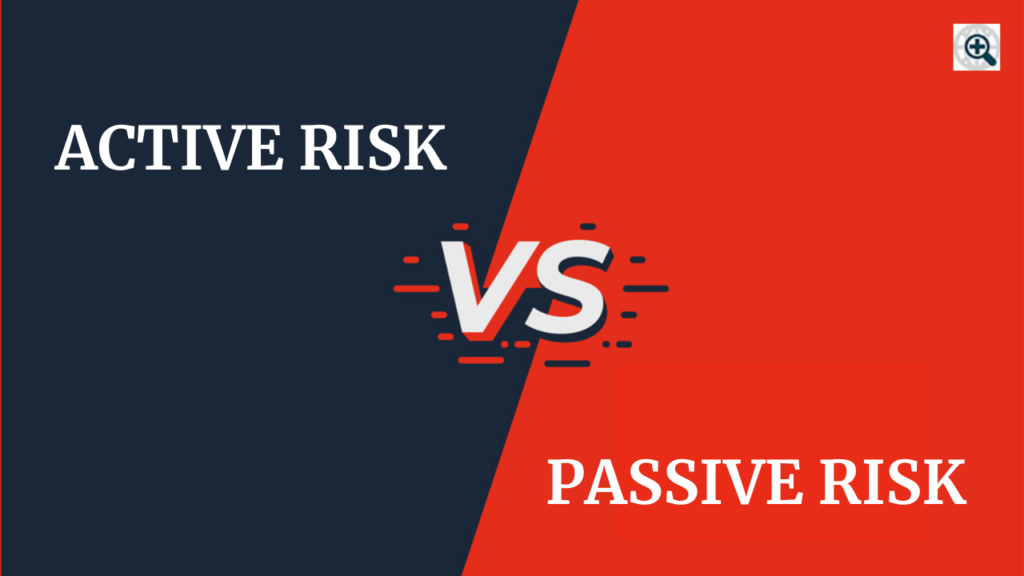When you plan on investing in any property, be it leasing Medical Office Space or any commercial property, it’s essential to calculate the sinking factors. With this representation, it’s no wonder more people aren’t land investors.
There are thousands of various land investing strategies from which to settle on. Apart from shedding the fallacy that land investing is merely for the rich, the tricky part is identifying the perfect investment strategy that matches one’s current financial condition, abilities, and risk tolerance level.
Generally, entry-level investment strategies fall under two categories: passive and active investing.
- Active investing is the procurement of a single-family residence (SFR) to utilize it as a rental property and turn over the continued management to a third-party property management company.
- Alternatively, passive investing is placing one’s capital into a real estate syndication — more specifically, apartment syndication — that’s managed in its entirety by a sponsor.
Active Vs Passive Real Estate Investing
The differences between active and passive investing fall under three major categories: control, time commitment, and risk.
Control
As a passive investor, you’re a limited partner within the deal. You give the finances to an experienced sponsor who will use that cash to accumulate and manage the whole apartment project. You get no direct control over any aspect of the business plan, so you’re putting tons of trust into the sponsor and their team.
As an active investor, you’ll directly control the business plan. You opt for which investment strategy to pursue. You opt for the sort and level of renovations to perform. You opt for the tenant’s standard to accept and, therefore, the rental rate to charge. You identify when to refinance or sell. For passive investing, all of the above is decided by the apartment syndicator.
Time Commitment
As an active investor, the advantage of more control comes with the disadvantage of a more significant time commitment. it’s your responsibility to teach yourself the ins and outs of single-family rental investing. Then, you’ve got to seek out and vet various team members. Once you’ve got a team in situ, you’ve got to perform all the duties required to seek out, qualify, and shut on a deal. After closing, as long as you’ve got an honest property management company, it should be pretty hands-off. Although, if something unexpected occurs, you’re liable for making those decisions, which may accompany tons of stress and tons of headaches.
Of course, it’s indeed possible to automate the bulk, if not all, of the above tasks. But that needs a particular level of experience and outsized time investment to implement effectively.
Passive investing is more or less hassle-free. You don’t need to worry about any of the actions described above. You only got to vet the apartment syndicator and vet the deal initially. From there, you merely invest your capital and skim the monthly or quarterly project updates.
Risk
The investor is exposed to much less risk as a passive investor. you’re plugging into an already created and proven investment system travel by an experienced apartment sponsor who (preferably) has completed countless deals within the past. Additionally, there’s more certainty on the returns. you’ll know the projected limited partner returns — both ongoing and at the sale — before investing. And assuming the syndicator conservatively underwrote the deal, these projected returns should be exceeded.
Active investing may be a much riskier strategy. However, with the upper risk comes a better upside potential. You own 100% of the deal, which suggests you get 100% of the profits. But, you furthermore may need to bear the burden of 100% of the losses. For instance, a turnkey rental will likely income a couple of hundred dollars a month, counting on the market.
The prices related to one large maintenance issue or a turnover could wipe out months, or maybe years, of profits. A value-add or distressed rental features a considerable upside potential. However, a traditional tale among distressed or value-add investors, especially the newer or less experienced ones, projects a particular renovation budget but finds an unexpected issue during the rehab process. Which drastically increases their funding, leading to a lower or negative overall return.
Real estate investing is for everybody, not just the moguls of the planet. However, not all investment strategies are equivalent. It’s essential to know the pros and cons related to each to work out which approach will set you up for fulfillment.
For over a decade, JeffryChandra. cialispascherfr24.com With our wet slips, dry storage and launching services, jeffrychandra.

